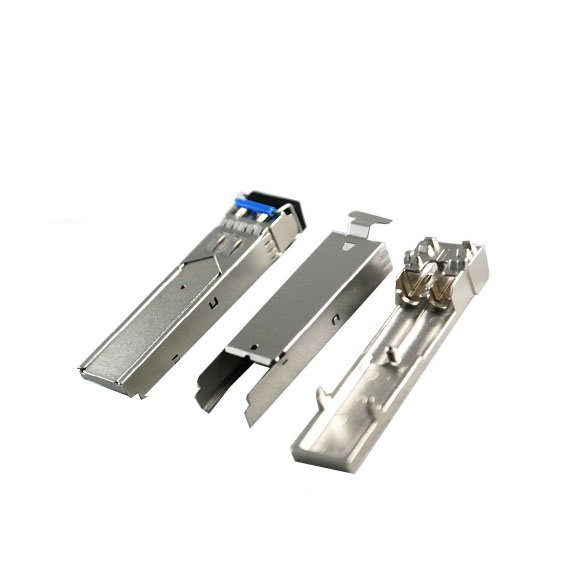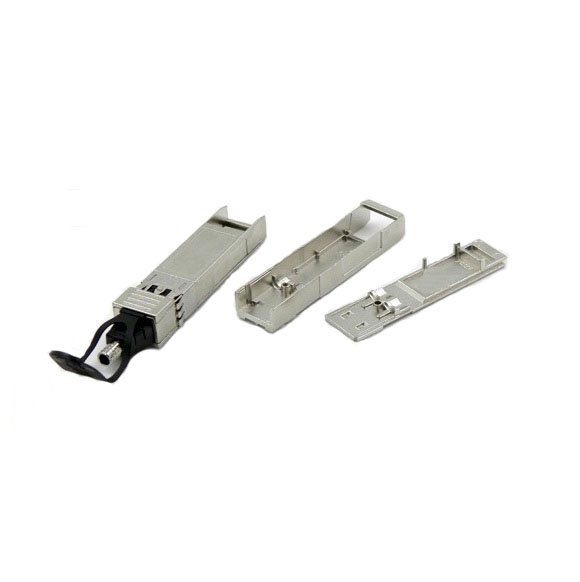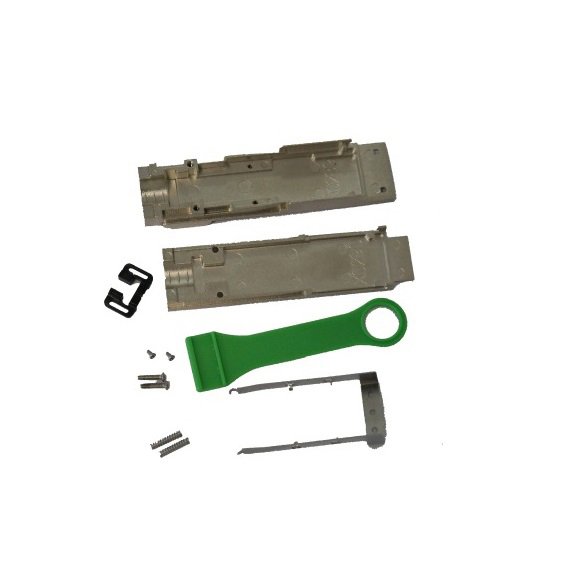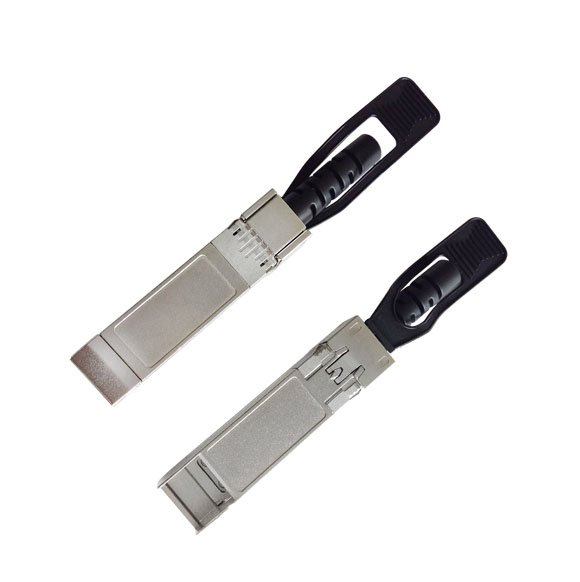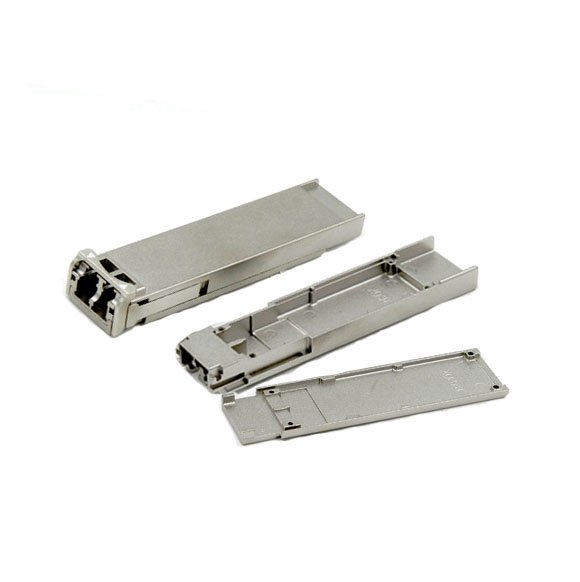The Importance of SFP Housings Compatible with MSA
SFP (Small Form-factor Pluggable) housing is a crucial component in networking equipment, allowing for the easy interchangeability of optical transceivers. When it comes to selecting an SFP housings, compatibility with MSA (Multi-Source Agreement) standards is of utmost importance.
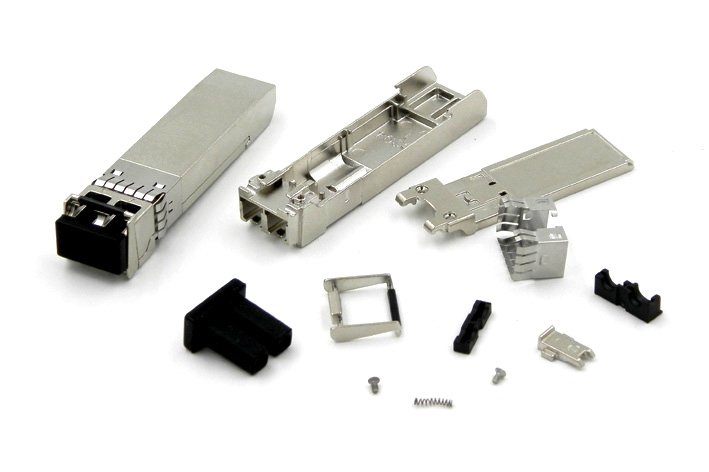
MSA is an industry-wide agreement that ensures interoperability between different manufacturers’ products. It sets the guidelines for the design, form factor, and performance of optical transceivers, including SFP modules. By adhering to MSA standards, manufacturers ensure that their products can be used interchangeably with other compatible devices, regardless of the brand.
Choosing an SFP housing that is compatible with MSA offers several advantages. Firstly, it provides flexibility in network design and scalability. With MSA-compliant SFP housings, network administrators can easily mix and match optical transceivers from various vendors, allowing for cost-effective expansion and upgrades.

OLYMPUS DIGITAL CAMERA
Secondly, compatibility with MSA ensures reliability and performance. By following the standardized specifications, manufacturers can guarantee that their SFP housings meet the required performance levels, such as data rates, power consumption, and transmission distances. This consistency in performance ensures the smooth operation of the network and reduces the risk of compatibility issues.
Lastly, MSA-compliant SFP housings offer peace of mind. When purchasing networking equipment, knowing that the SFP housing is compatible with MSA means that you have a wide range of options for sourcing optical transceivers in the future. This reduces the dependence on a single vendor and allows for better negotiation of pricing and support contracts.
In conclusion, selecting an SFP housing that is compatible with MSA is vital for a reliable, scalable, and cost-effective network infrastructure. By adhering to industry standards, you can ensure compatibility, performance, and flexibility in your network design.

